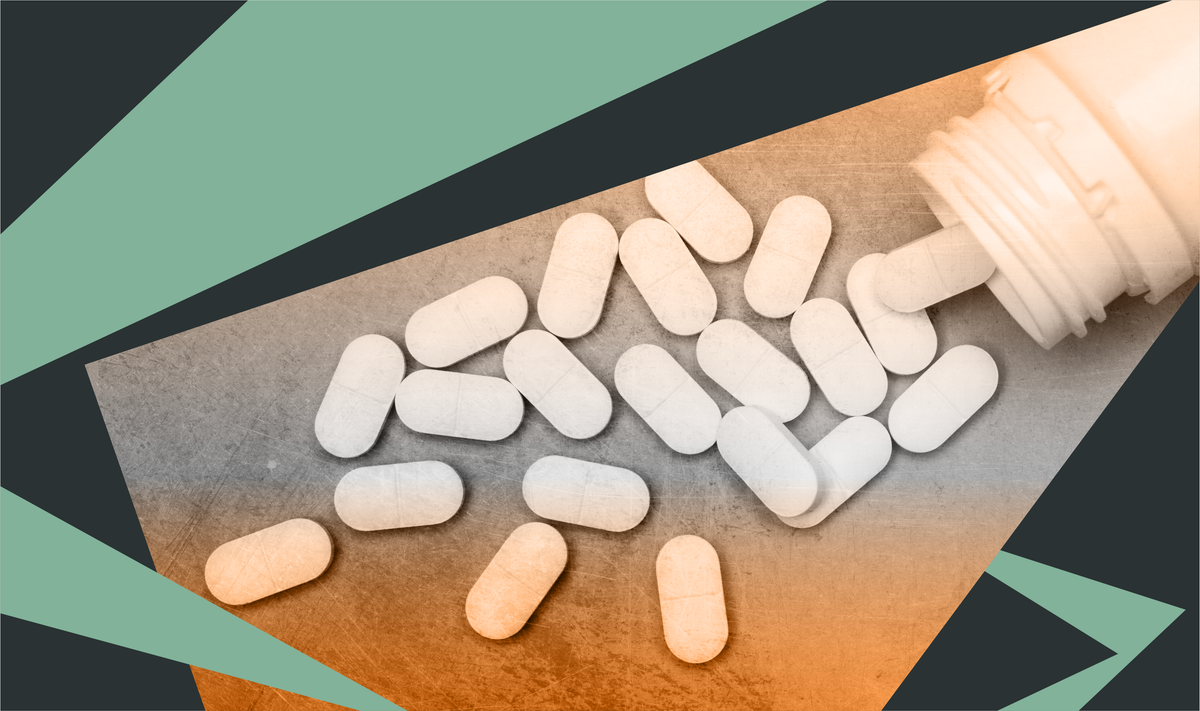Social media users discuss why less fentanyl is being seized and declining overdose deaths
Posts also asked what to do when someone may have overdosed and debated opioid use disorder treatment.

Posts also asked what to do when someone may have overdosed and debated opioid use disorder treatment.
A recent Washington Post article generated online conversation last week about the drop in fentanyl being seized at the U.S.-Mexico border and declining overdose deaths. In other conversations, social media users discussed what to do when someone may have overdosed and suggested that funding treatment for opioid use disorder is a “waste of money.”
Given these discussions, communicators may recirculate information about fentanyl test strips and naloxone, explain how to help someone who may have overdosed, and share information about OUD treatment.

Insights brought to you by the reporters and science writers of Public Good News (PGN), a nonprofit newsroom dedicated to improving community health.
What’s trending nationally in conversations about substance use
On May 31, the Washington Post published an article titled, “The mysterious drop in fentanyl seizures on the U.S.-Mexico border.” Experts cited potential reasons for the decline in fentanyl seizures, such as decreasing demand for fentanyl due to the availability of xylazine and new methods of getting fentanyl across the border through digging tunnels or sending it in the mail. On June 3, White House press secretary Karoline Leavitt called the headline “one of the most ridiculous headlines ever,” crediting President Donald Trump’s “strong border policies” with the decline in fentanyl seizures. Last week, popular posts on X and Facebook discussed the article, with many echoing Leavitt’s criticism. Others attributed decreasing overdose deaths to a diminishing fentanyl supply.
On June 4, articles reported that an Illinois couple allegedly ordered more naloxone through a delivery app when they failed to correctly administer it to their unresponsive 2-year-old, who had potentially ingested drugs, rather than call 911 immediately. The child died, and the parents were charged with first-degree murder. Police found various drugs around their home “in reaching distance” of the child. Commenters on Facebook posts sharing articles about the child’s death expressed outrage at the parents, and some suggested that only health care providers and emergency services should have access to naloxone. Several noted that while naloxone is a lifesaving medication, those administering it should also always call 911 when a person is unresponsive.
On June 3, articles reported that the mayor of Spokane, Washington, proposed to use $730,000 in opioid settlement funds to support treatment and other services for people with OUD. In response to Facebook posts sharing the articles, a few commenters were supportive of the move. Many, however, were skeptical that funding OUD treatment would help people with OUD abstain from opioids. One comment read, “You can throw all the money at it all you want but until the person actually wants to get off drugs nothing is going to happen.” Others called the mayor’s proposal “a waste of money.”

Recommendations brought to you by the health communication experts behind Infodemiology.com.
Recommendations for public health professionals
Each week, the Infodemiology.com team will provide messaging recommendations in response to some of the trending narratives outlined above. These helpful tips can be used when creating content, updating web and FAQ pages, and developing strategy for messaging about opioids.
In response to conversations about fentanyl, a potent opioid that is involved in most U.S. overdose deaths, communicators may explain that fentanyl test strips help people determine whether their drugs contain fentanyl so they can make educated decisions about drug use. Messaging may emphasize that the only way to know for sure if a drug contains fentanyl is to test the entire batch. Fentanyl test strips are not legal everywhere, so ensuring that messaging reflects your state’s drug checking equipment laws is recommended. Communicators may also explain that experts attribute the recent decline in overdose deaths to the availability of naloxone, often sold under the brand name Narcan. This lifesaving medication can reverse an overdose on fentanyl and other opioids, and anyone can carry and administer it. Naloxone may be available for free through local harm reduction programs, and people can also purchase it at some grocery stores and convenience stores, online, and over the counter at pharmacies.
Conversations about how to respond to a suspected opioid overdose provide an opportunity to highlight the signs of an opioid overdose. Messaging may emphasize that bystanders witnessing a possible overdose should dial 911, administer naloxone, check for breathing, perform CPR if trained in it or if instructed by a 911 operator, and stay with the person until emergency services arrive. If overdose symptoms do not resolve, give additional doses of naloxone every two to three minutes until the person begins to breathe normally or until help arrives. It is safe to administer naloxone even if a person is not overdosing or is not overdosing on opioids. Messaging may note that many states have Good Samaritan laws that protect people who are overdosing and those assisting them from certain legal penalties. Messaging may also emphasize that you do not need specific medical training in order to carry or administer naloxone. Sharing instructions on how to use naloxone is recommended.
Given discussions about OUD treatment, communicators may explain that OUD treatment varies depending on a person’s individual needs. It may include counseling, medication, peer support, and in-patient rehabilitation. Medication for OUD has been shown to reduce opioid use, prevent overdose deaths, and prevent behaviors that could lead to the spread of infectious diseases. Sharing information about local drug treatment centers, recovery groups, therapist directories, and SAMHSA’s National Helpline (1-800-662-HELP), which connects people to treatment, is recommended. Communicators may also want to share information about local harm reduction programs, which offer services that prevent overdose deaths and connect people to treatment when they are ready.
